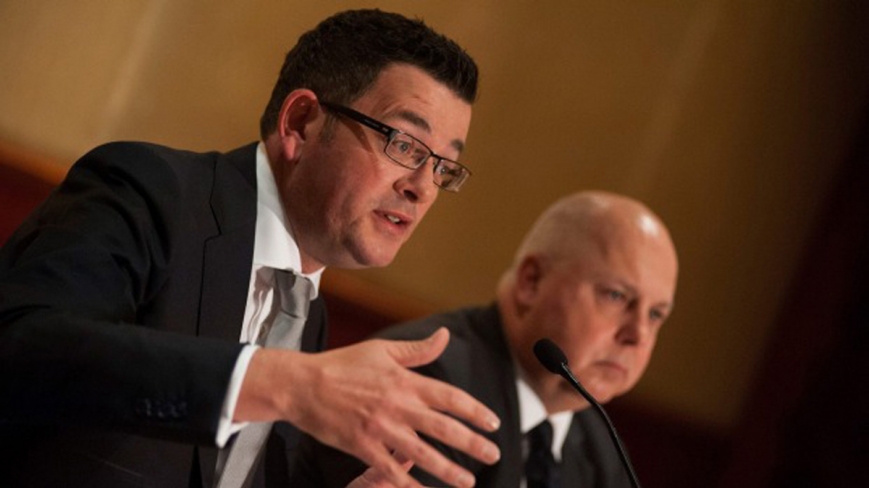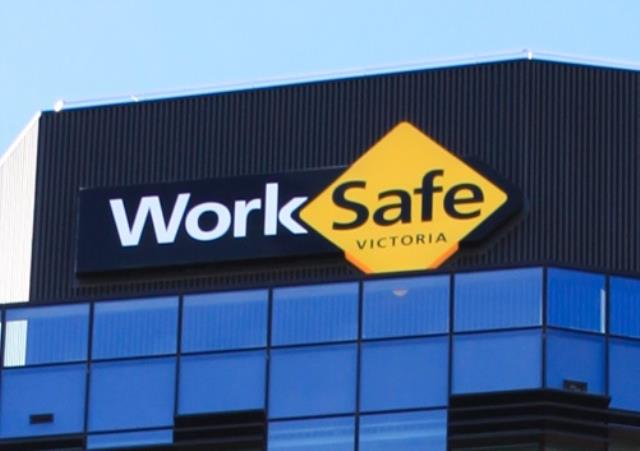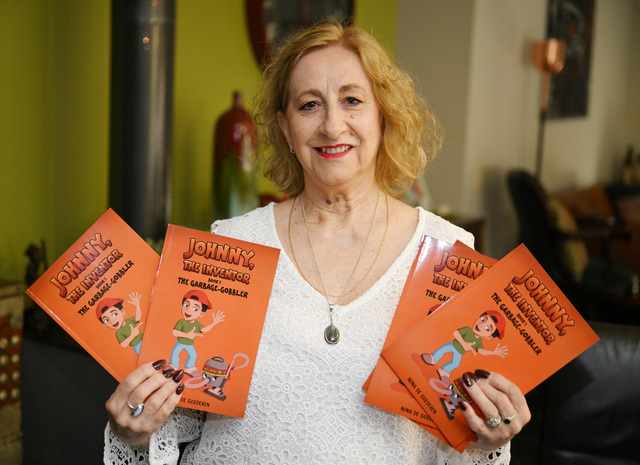The proposed $9-11 billion Melbourne Metro project will be built underneath Swanston Street – despite warnings from the previous Napthine government it would divide Melbourne’s CBD for years.
Premier Daniel Andrews confirmed the route of the long-promised underground rail line, from Kensington to South Yarra, on ABC radio on Thursday morning.
But neither he nor Public Transport Minister Jacinta Allan could answer basic questions about how the nine-kilometre tunnel would traverse the difficult path underneath the Yarra River.
In a press conference on Thursday morning, a day after announcing the East West Link deal, Mr Andrews said the proposed rail tunnel – which has been proposed for seven years now – would travel beneath Swanston Street at a depth of just 10 metres.
Related: East West deal months in the making
And he conceded it would mean years of disruption for the city, including re-routing trams along Swanston Street, which is the busiest tram corridor in the world.
Former premier Denis Napthine said last year that it would take at least two years to tear up Swanston Street and build the Melbourne Metro rail project.
Dr Napthine also said it would divide Melbourne “worse than the Berlin Wall”.
There will be five underground railway stations in the new underground railway line: at “Arden” opposite North Melbourne football ground, Parkville, near Melbourne Central station, near Flinders Street station, and near the Domain on St Kilda Road.
Mr Andrews and Ms Allan said the plan for the project would see twin tunnels built over the nine-kilometre route.
Building under the streets, a statement from the government said, “is the most convenient location for commuters and the most cost-effective option for construction”.
The statement said that the government had considered tunnelling underneath Russell Street instead of Swanston Street.
“A proposed Russell Street alignment wouldn’t allow passengers to transfer directly between the City Loop and the new tunnels – a key feature of the project,” the statement said.
Elizabeth Street had also been considered as an underground route, it said, but work had “revealed unstable ground conditions and significant and costly engineering challenges”.
Mr Andrews said Elizabeth Street had been ruled out due to a small river that ran underneath it and that meant the area was prone to flooding. “The old creek bed makes that very challenging,” he said.
The government has also said that building the tunnel at 10 metres below ground instead of at the below-ground level of the City Loop – about 40 metres – was the best option for commuters.
The government has not named a start date for the project.

The proposed route and stations of the Metro tunnel. Illustration: Andy Ball
Mr Andrews conceded there would be problems for traders and Melburnians as a result of the project. “There will be disruption. We apologise in advance,” he said.
Mr Andrews and Ms Allan said explaining how the tunnel would travel under the Yarra River was detail that would be finalised later.
Work on designing the Melbourne Metro began in 2007 under a study led by Sir Rod Eddington.
Designs for the rail tunnel have gone through various changes, but were shelved by Dr Napthine in early 2014 in favour of a different route via South Melbourne.
The Premier revealed that his government was walking away from trying to push the Abbott government to help fund the Melbourne Metro project.
“The current federal government has made it clear that they will not be a a partner in this, and I see no purpose quite frankly in continuing that argument with the current federal government,” Mr Andrews said.
The Prime Minister Tony Abbott has said in the past that Canberra should “stick to its knitting” and fund only the construction of urban roads, not public transport – this, Mr Abbott argues, is a matter for state and local governments to fund, not Canberra.
This differs starkly from many other Western countries where national governments are heavily involved in the funding of both road and public transport projects.
And – in what was likely a nod towards a hope for the election of Bill Shorten as PM – Mr Andrews said he remained “hopeful that maybe a different federal government at a different time will have a different set of priorities”.
“This project, I have talked about this as one of those ‘oak tree’ infrastructure investments. Perhaps the people who start it won’t really be there at the end to see it finished. That doesn’t mean it is not worth doing.”
A public transport expert warned that, amid the “excitement” of a re-announced Melbourne Metro, it was crucial not to repeat the mistakes of the past.
“The City Loop project in the 1970s drained resources and political attention away from the vital task of building suburban public transport networks,” said Melbourne University urban and transport planning expert John Stone.
“If we ignore this again, we will have no way to get people to the stations in sufficient numbers to fill the new trains.”
Dr Stone said it was suburban voters fed up with being stuck in traffic that had “got the Andrews government into power. These people will need to see progress towards fast direct bus services and faster trams before the next election”.
He said movement was needed not just on the Melbourne Metro, but on other crucial projects.
These included rail extensions to Monash University, the airport, Doncaster and Altona. “These projects were shelved in the 1980s after the City Loop sucked up all the cash and political momentum,” he said.
Last year Melbourne lord mayor Robert Doyle said the Napthine government’s plan to reroute Melbourne Metro through Fishermans Bend would be a “100-year catastrophe for the city”.
On Thursday, he threw his support behind the new government’s proposal to build the tunnel through the city centre and underneath Swanston Street.
“I like the Swanston Street alignment. I think the important thing is that you’re able to get from the existing [City] Loop to this new Metro line,” he said.
Cr Doyle said the council would work with traders and the government to help minimise disruption to local businesses, and was hopeful that “cut and cover” construction would only have to be used in small sections of the line.
He said that CBD traders had coped with short-term disruption before and that the Metro project would eventually benefit Swanston Street traders with increased visitors to the city.
The lord mayor also represents the Royal Melbourne Hospital as chairman of Melbourne Health. He said it was “incredibly important” that there was a train station in Parkville, connecting major hospitals, a new cancer cancer, and thousands of scientists who work in the precinct. The Parkville station was dumped under the Napthine-government plan.
However, despite his support for the latest Metro iteration, Cr Doyle was not celebrating the demise of the East West Link. “Melbourne needs both projects, it’s not one or another,” he said.
Swanston Street traders had mixed reaction to the announcement with some predicting businesses would fold, while others welcomed the long-term benefits of the rail tunnel.
Arthur Daley owner Peter Ferne said it would ruin business along the main Melbourne street.
“Say goodbye to our business, I’d say,” Mr Ferne, also the past president of the Australian Retailers’ Association, said.
“I can only see this wiping out a lot of retailers down the street. How can they trade when customers can’t reach the shops? It will have its effect on a lot of people … I think a lot of businesses will go. I can’t see it being a less than a two-year project – who’s going to be left?”
While many would not speak on the record, traders broadly agreed that in the short term, businesses relying on passing foot traffic would suffer from the works, which are predicted to take years to complete.
But several Swanston Street tenants contacted by The Age supported the proposal.
Serena Lindeman Millinery owner Serena Lindeman, whose studio is in the Nicholas Building, said the rail tunnel proposal was “brilliant”.
“I think we need to think long term and if we’re getting public transport through the centre of the city, and we’re going to be getting people into the city without traffic congestion, without burning fossil fuels, then I think it’s brilliant.
“So if that means that I have a couple of years of inconvenience, then I’m happy to pay that price. If something’s good for everybody then suck it up, and reap the benefits later on.”
Fellow Nicholas Building tenant Daniel Smith, creative director of graphic design Mildred and Duck, said he sympathised with businesses that relied on foot traffic for trade, but said: “long term it could really be beneficial for Melbourne, so personally I’d be for it”.
– with Aisha Dow, Bianca Hall
This story first appeared in The Age







